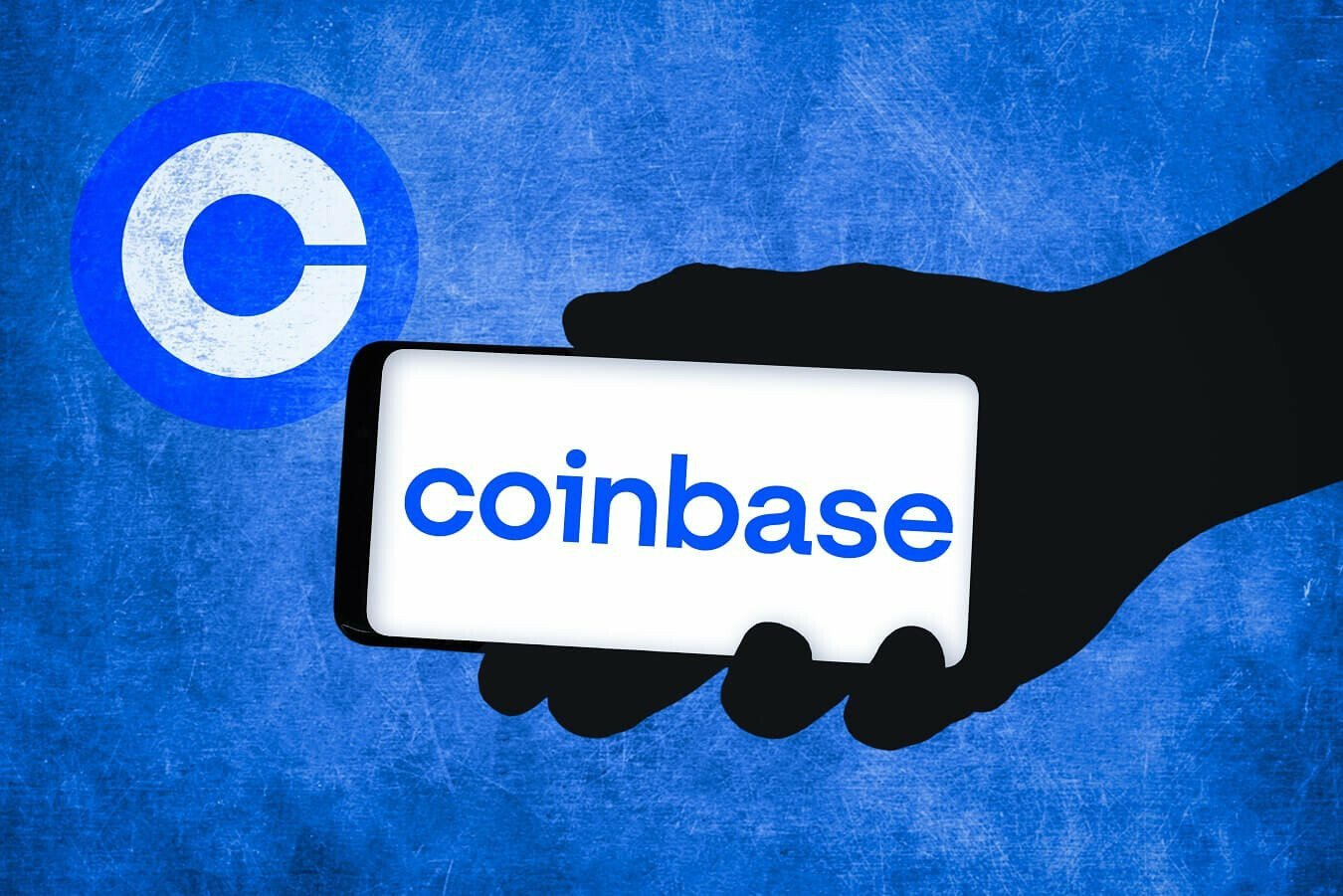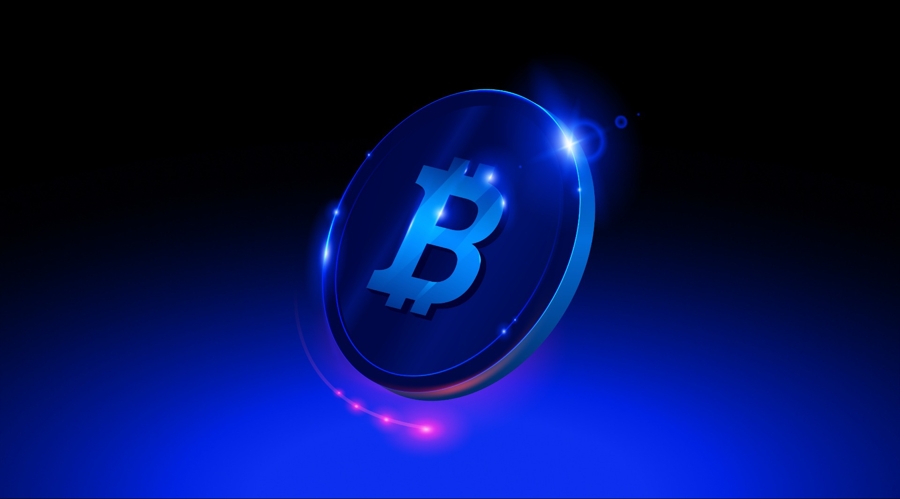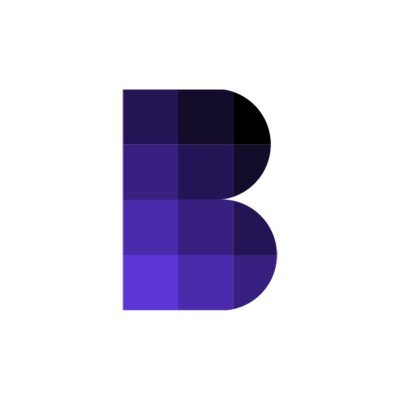In 2023, Layer2 concept fully exploded. Among the dozens of Rollup Layer2 networks, crypto giants such as Coinbase and ConsenSys also started to deploy their own native Layer2 networks, entering into the competition.
Since the birth of Bitcoin, public chains have always been the most coveted holy grail of the crypto sphere, and numerous teams have been eager to build a blockchain that can accommodate the next billion users. With the maturity of solutions such as Rollup and modularization, more and more institutions can quickly deploy Layer2 blockchains.
Coinbase is the world's first publicly traded cryptocurrency asset trading platform, with its fund Coinbase Ventures investing in over 340 crypto projects. Even former employees of the company have built more than 10 well-known crypto organizations (such as Polychain, Paradigm, dYdX, etc.). ConsenSys, on the other hand, is a giant in the crypto infrastructure field, with its products more focused on the underlying layer, such as MetaMask.
Why did these crypto giants choose to proactively embrace native Layer2 at this time? Are they following the trend or laying out their strategies for the next bull market? What are their respective advantages and disadvantages? This article will elaborate on the happenstance and logic behind Coinbase and ConsenSys launching their own Layer2 blockchains, as well as their operational strategies.
Why did Coinbase and ConsenSys launch layer 2 networks?
Despite belonging to different industries, Coinbase and ConsenSys are facing similar challenges, including a lack of product innovation and a need to capture value in different market cycles.
Firstly, let's take a look at Coinbase's Base. Base is a layer 2 network built on Optimism's OP Stack, incubated internally by Coinbase. The blockchain will use Coinbase's products, users, and assets as seeds to become an open ecosystem. The development timeline is as follows:
- February 23, 2022: Coinbase announces the launch of Ethereum layer 2 network Base and establishes the Base Ecosystem Fund.
- February 27, 2023: Base integrates Coinbase's self-custody wallet and dApp wallet.
- March 26, 2023: The Base Ecosystem Fund announces four main support directions: stablecoins that track inflation rates, reputation platforms, limit order book (LOB) platforms, and safer DeFi products.
- April 1, 2023: Layer 2 network Base announces that it will launch on the mainnet in the coming months.
Product innovation has been a slow progress for Coinbase over the past decade. As a cryptocurrency trading platform, Coinbase's spot trading volume has been lower than Uniswap for two consecutive months. Coinbase Protocol Lead Jesse Pollak said at the ETH Denver conference that while product innovation may not be a top priority, the company is now focusing on changing this situation. Launching Base is actually an investment in "creating a platform" to enable developers to build useful products.
Linea is a zk-rollup designed by ConsenSys R&D and operated by ConsenSys. It allows developers to deploy any smart contract, use any tool, and develop as they would on Ethereum. Its features also include Type 2 zkEVM, which can be down-compiled to EVM bytecode and provable in circuits. The development timeline is as follows:
- October 14, 2022: ConsenSys launches the "Type 2" zk-EVM specification, allowing developers to deploy any smart contract.
- December 14, 2022: ConsenSys launches the zkEVM testnet private beta.
- January 10, 2023: ConsenSys zkEVM beta testnet is open for external registration.
- March 28, 2023: ConsenSys renames zkEVM as Linea and opens its testnet for public use.
Before the launch of Linea, ConsenSys had five products: MetaMask, Diligence, Quorum, Infura, and Truffle, with MetaMask being the most successful. With the rise of account abstraction wallets, there will be a huge shift in the wallet landscape. Whether ConsenSys is feeling a sense of crisis or not is debatable. MetaMask's frustrating user experience and Swaps' 0.875% high transaction fees have made MetaMask the "dragon" in the cryptocurrency wallet industry.
Compared to internal concerns, how to adapt to the cyclical nature of cryptocurrency is an external challenge facing cryptocurrency giants. In 2022, Terra, 3AC, and FTX collapsed, and BTC fell from $69,000 to around $16,000, putting many cryptocurrency companies at risk of bankruptcy or job cuts. According to Coindesk, the entire cryptocurrency industry is estimated to have laid off 27,000 people from April 2022 to January 2023.
Coinbase and ConsenSys are also inevitably affected. On January 10, 2023, Coinbase announced a 20% job cut, involving about 950 people. On January 18, 2023, ConsenSys laid off 97 people. It is worth noting that this is also the time when Base and Linea are preparing to launch, and it appears that Coinbase and ConsenSys have determined to think about cost reduction and efficiency improvement strategies.
Layer 2 may be an excellent solution for the above difficulties.First of all, the modular rollup infrastructure has shown initial effectiveness, with platforms such as OP Stack and Celestia allowing anyone to quickly deploy decentralized blockchains without the overhead of bootstrapping new consensus networks. At the same time, Layer 2 can run without the need to issue tokens, which will be applicable to legal compliance. Adam Cochran, a business analysis professor at the University of South Carolina and a DeFi researcher, believes that Coinbase has unparalleled influence in both users and partners. Although it claims not to issue currency, as a Rollup, transaction fees are all for the sorter, with an expected annual value of $400 million.
Operational strategy
Base
With over 110 million verified users and custody of assets worth $80 billion, Coinbase's support of Base creates an easy bridge between CeFi and DeFi. Integration between Coinbase exchange, Coinbase Wallet, and Base has the potential to be a solution that brings real users into DeFi.
Additionally, Base isn't burdened by on-chain revenue concerns, making it advantageous for becoming a fertile ground for more DeFi products. Of the 57 Base launch partners surveyed by data analyst Panda Jackson, only 26 (45%) were invested in by Coinbase Ventures, with most partners having existing tokens and well-functioning products.
Moreover, any existing products integrated between Coinbase and Base will maintain their original KYC/AML measures. CEO Brian Armstrong affirms that there currently exist some centralized components within Base, but as time passes, they will become gradually more decentralized. Coinbase is responsible for trade monitoring and the like, and Base's current statement of "no plans to issue new tokens" confirms this.
Linea
ConsenSys holds enormous crypto traffic, chiefly composed of user-facing MetaMask and developer-facing Infura and Truffle, and is considered the standard-bearer for Ethereum products and services. In a reflection on six years of entrepreneurship, Metamask co-founders Aaron Davis & Dan Finlay stated that, in 2022, MetaMask had over 30 million monthly active users. Infura co-founder E.G. Galano also disclosed in an interview that over 400,000 developers were registered on Infura and could handle over 8.5 billion blockchain network requests daily.
With network effects, Linea makes it easy for users to have a smoother crypto experience. Linea will natively integrate MetaMask and Truffle, while Infura will launch a decentralized infrastructure network in 2023. Meanwhile, ConsenSys will move towards greater compliance. Last November, ConsenSys updated its privacy policy on its website, stating that when users use Infura as the default RPC in MetaMask, corresponding IP addresses and ETH addresses would be collected.
Moreover, ConsenSys founder Joe Lubin is an original member of Ethereum's founding team who proposed using the C++ programming language to write Ethereum's architecture and was primarily responsible for the technical side. Joe Lubin's status within the Ethereum ecosystem could become Linea's secret weapon.
Conclusion
The successive launch of Base and Linea indicates the gradual improvement of blockchain infrastructure and the upcoming stage of diverse Layer2 solutions. It also shows that Coinbase and ConsenSys are attempting to address current challenges and expand platforms capable of accommodating more users.
As centralized organizations for public chains, Base and Linea face their greatest challenge in governance. Earlier, Binance, OKX, and Crypto.com had all developed their own ecological public chains but seemed unable to gain acceptance from members of the native community of cryptocurrencies such as Bitcoin and Ethereum. Even after Arbitrum announced airdrops and governed by DAO, the foundation scandalously sold tokens without going through the governance process, indicating the core team's apparent lack of "adaptability" to decentralized operations.
Despite this, embracing Layer2 also shows that Coinbase and ConsenSys are striving to adapt to different market cycles and increase their value capture capabilities. With the upcoming EIP-4844 upgrade further lowering Layer2 transaction fees, Layer2 may still have greater profit potential.
Reference:
https://www.verdict.co.uk/coinbase-and-consensys-cut-staff-amidst-cold-crypto-winter-winds/
https://www.ft.com/content/949ee788-6630-4aac-9c4d-b6b0a45f4e25















